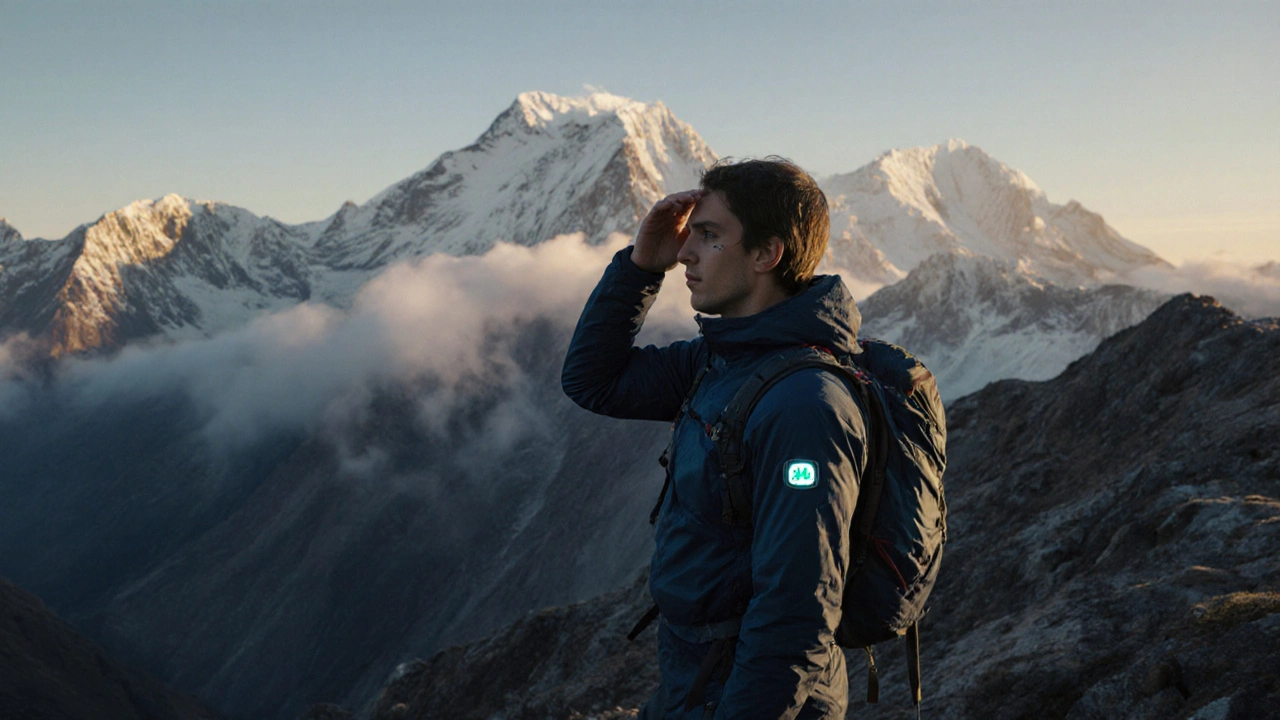High Altitude: Health Risks and Practical Tips
When dealing with high altitude, the condition of being above roughly 2,500 meters where atmospheric pressure and oxygen levels drop sharply. Also known as high elevation, it challenges the body in several ways. One of the most common concerns at high altitude is altitude sickness, a group of symptoms caused by reduced oxygen pressure, including acute mountain sickness, high‑altitude pulmonary edema (HAPE) and high‑altitude cerebral edema (HACE). Another key factor is acclimatization, the physiological process that lets the body adjust to lower oxygen by increasing red blood cells, ventilation, and capillary density. Together, these entities shape how travelers, climbers, and residents cope with the reduced oxygen, known as hypoxia, and the accompanying drop in barometric pressure.
How Your Body Reacts and What to Do About It
At high altitude the body experiences hypoxia, which triggers faster breathing, higher heart rate, and more production of erythropoietin to make red blood cells. If ascent is too rapid, the adaptation can’t keep up, leading to altitude sickness. Simple strategies—like climbing no more than 300‑500 meters per day after 2,500 meters, staying well‑hydrated, and avoiding alcohol—support acclimatization. Medications such as acetazolamide or dexamethasone can accelerate the process for people with a history of severe symptoms. Monitoring oxygen saturation with a pulse oximeter gives instant feedback; values below 90 % often signal the need to rest or descend. Breathing techniques, including the “pursed‑lip” method, help maintain adequate ventilation, while light aerobic exercise improves overall tolerance without overexertion.
People with pre‑existing heart or lung conditions, pregnant women, and those on certain medications should consult a health professional before high‑altitude travel. Understanding the difference between acute mountain sickness (headache, nausea, fatigue) and more serious conditions like HAPE (shortness of breath at rest, cough with frothy sputum) or HACE (confusion, loss of coordination) can be lifesaving. Rapid descent, supplemental oxygen, and emergency medical care are the primary responses for severe cases. By recognizing early signs and applying proper acclimatization tactics, most travelers can enjoy high‑altitude destinations safely. Below you’ll find a carefully curated collection of articles that dive deeper into medication comparisons, home remedies, traveler health tips, and more—each relevant to staying healthy when the air gets thin.

The Future of Mountain Sickness Research and Treatment
Explore the latest research, emerging treatments, and cutting‑edge technology shaping the future of mountain sickness prevention and care.
